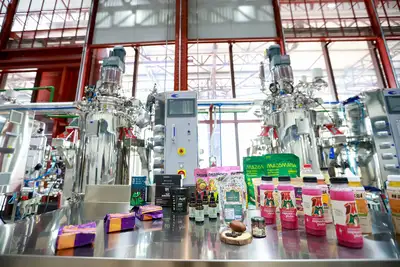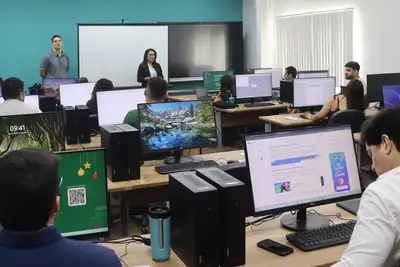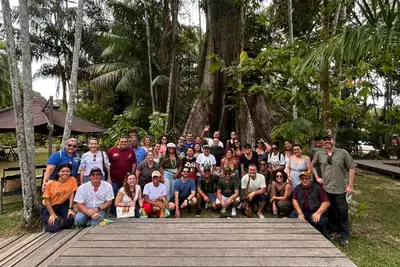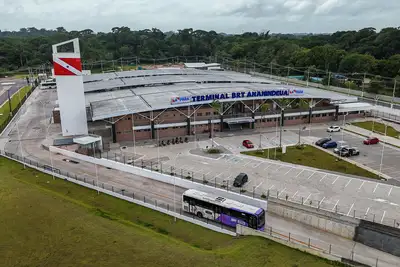Renewal of the exhibition design at the Forte do Presépio Museum highlights the contribution of indigenous peoples
The change occurs after more than 20 years since the last update and aims to present the history of the Amazon to visitors in a decolonial manner.
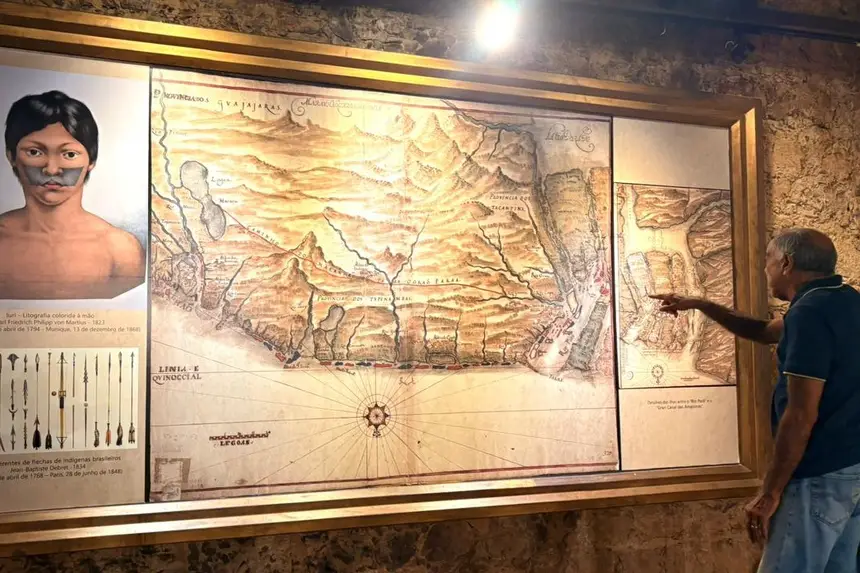
The State Secretariat of Culture (Secult), through the Integrated System of Museums and Memorials (SIMM), has begun the process of renewing the exhibition design of the Forte do Presépio museum. The change occurs after more than 20 years since the last update and aims to present the history of the Amazon to visitors in a decolonial manner.
The exhibition design encompasses various aspects of the conception of an exhibition, in the case of the Forte Museum, a permanent show. Planning, methodology, technique, among other factors, compose the exhibition design and the proposal of each museum space.
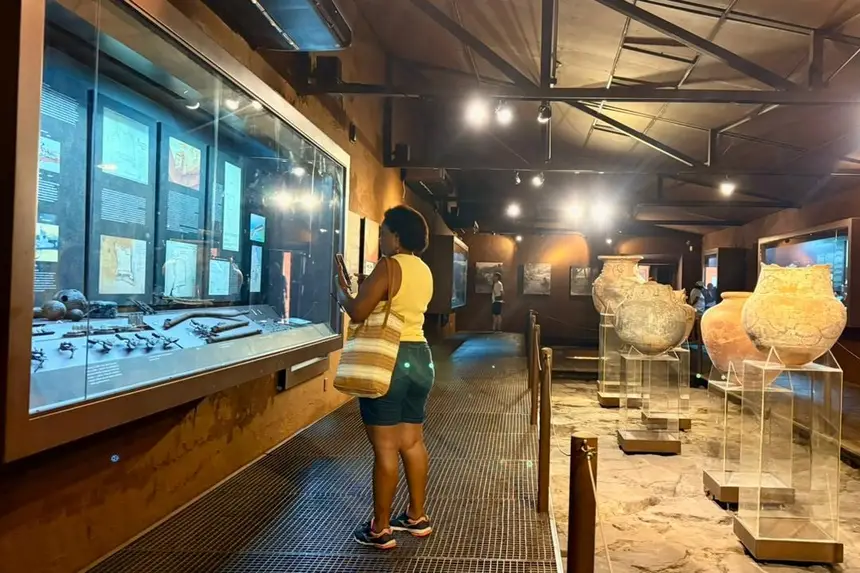
“It is a very special moment for us here at the Forte Museum. After more than 20 years, the Guaimiaba room is undergoing a change in its exhibition design. It is an important process because we are moving away from a colonial perspective and valuing the indigenous peoples who inhabited this territory before the arrival of the Portuguese,” says the museum director, Igor Zampolo.
The first stage of the change began with the replacement of the replica of the work “The Conquest of the Amazon,” which had great prominence in the environment. The painting commissioned to Antônio Parreiras narrates great feats of the colonial period, highlighting the European technologies of the time, to the detriment of indigenous techniques.
Currently, the highlighted work is a piece titled “The Invasion of Mairi Tupinambá and the Foundation of Belém.” This piece uses historical documentation to show the occupation of the Tupinambá in the Amazon, prior to the process of Portuguese occupation and, consequently, prior to the foundation of the city of Belém.
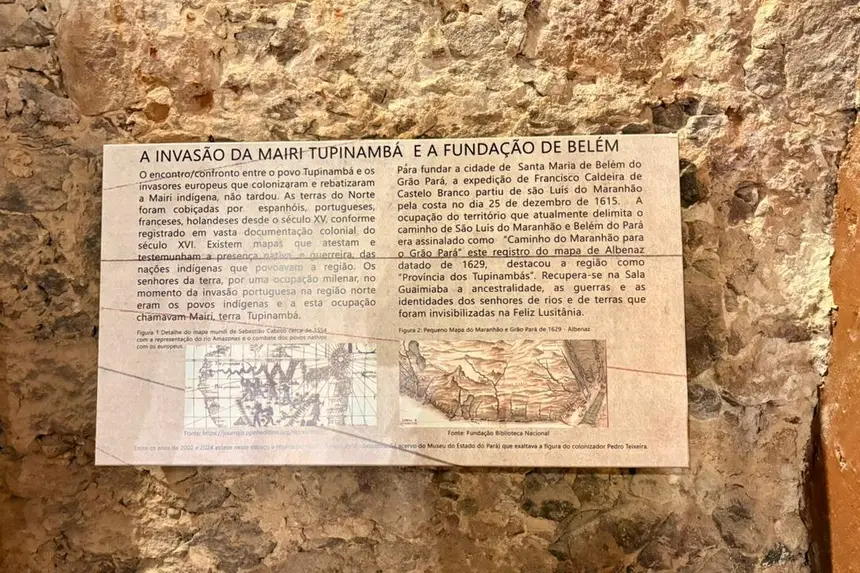
The Guaimiaba room at the Forte Museum presents a proposal for mediating the pre and post-colonization periods in the region. Among lithic objects from the polished stone age, to Marajoara and Tapajonic artifacts from the period before the arrival of the Portuguese, to engravings from the colonial period.
SIMM researcher, Dayseane Ferraz, is one of those responsible for the new exhibition design and explains the proposed approach. “The focus of the new exhibition design is to narrate the presence, agency, and resistance of the Tupinambá. So we were able, based on historical research in colonial documents, to reproduce the 17th-century Map, whose section shows the indication of the occupation of the indigenous groups between Maranhão and Grão-Pará. The new narrative talks about the Tupinambá wars; it shows that what we currently know as the city of Belém was the Mairi Tupinambá. In place of the painting that highlighted the colonizers, we have ‘Province of the Tupinambás,’ with the face and weapons of indigenous people,” she details.
“Revisiting the exhibition with new readings is an important historical and historiographical exercise for a rewriting of the museology of the History of the Amazon. Rethinking the curation of our exhibitions is important because history is dynamic, just like culture and identities. The change of the painting is the first step to review the entire exhibition of the Museum, which will still address the voices and contemporary struggles of indigenous groups,” concludes Dayseane.
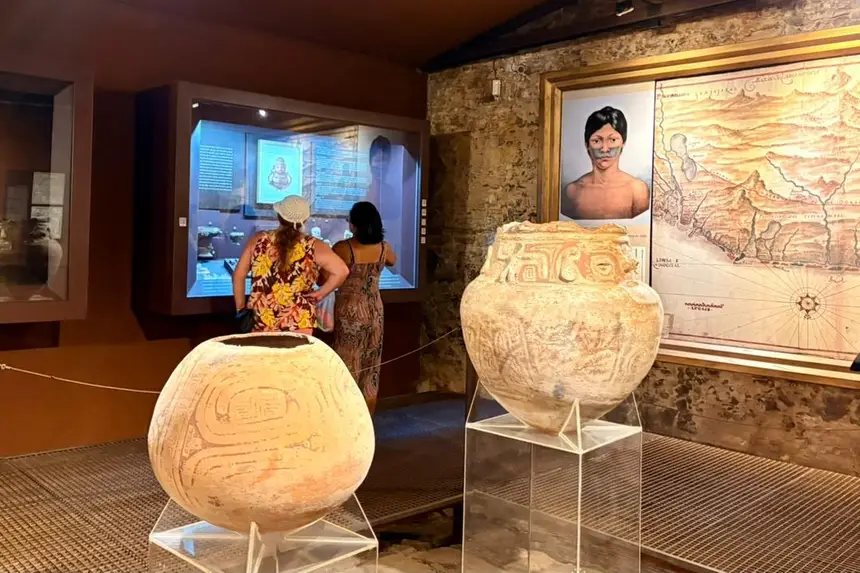
The next steps for the renewal of the exhibition design will focus on contemporary narratives of resistance from indigenous groups.
Text: Juliana Amaral, Ascom Secult


